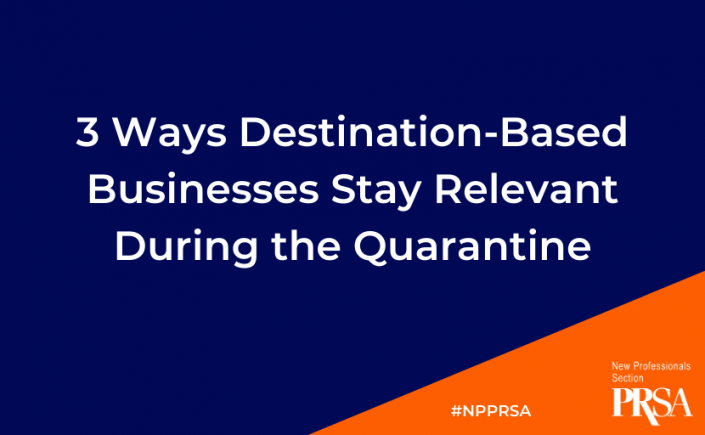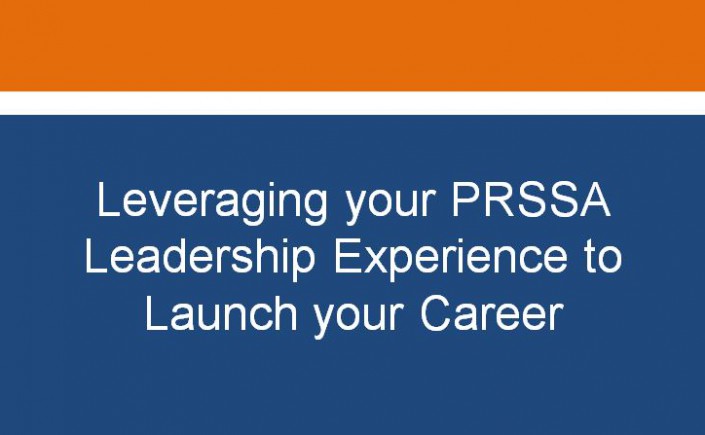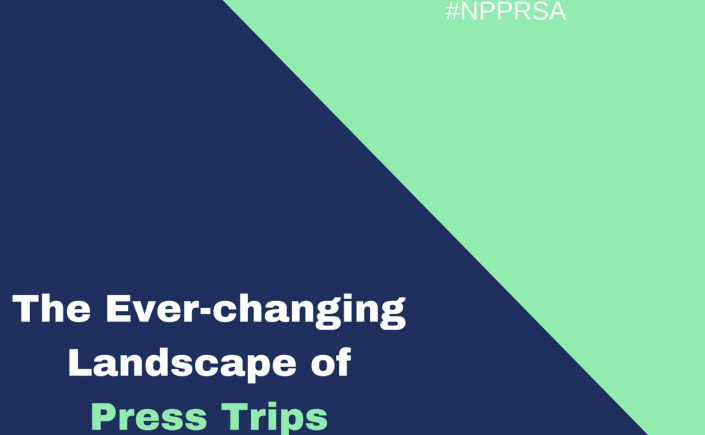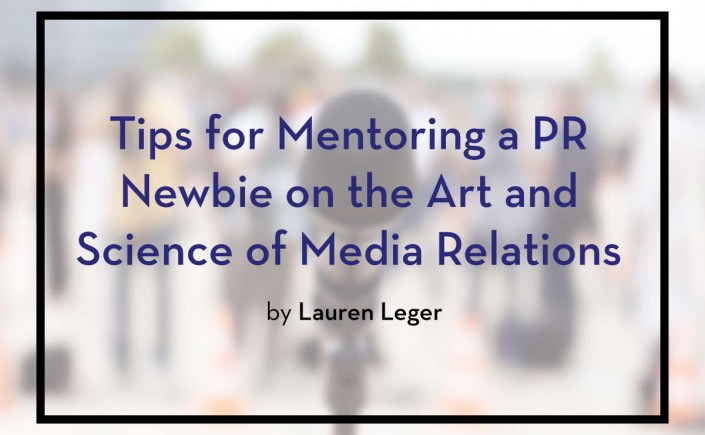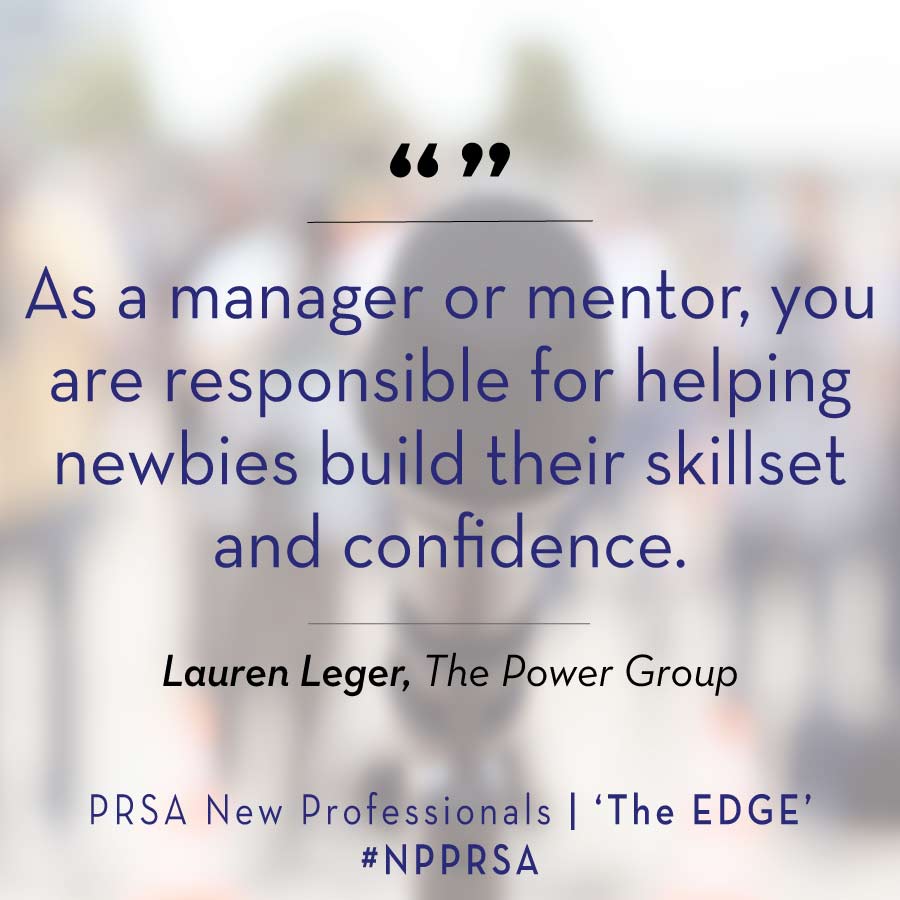While neighbors and state officials alike ask citizens to “stay home,” destination-based businesses have had no other option than to close their doors. From theme parks to museums, it’s clear the tourism and hospitality industry is taking a hit amid country-wide quarantine closures.
If you happen to work for one, there’s no doubt you and your team have had to get a little creative to remain in the public eye. Here are three of the best things we’ve seen destination-based businesses do to stay relevant.
1. Rouse Your Crowd with Remote Offerings
Just because your doors (or gates, or nature trails) are closed doesn’t mean you can’t reward your fans for being fans. However, the physical items you may be used to handing out as they walk on-site won’t work during a pandemic.
The Roarr! Dinosaur Adventure theme park in Lenwade, England has understood that from the very beginning. Since closing their park in March, Roarr! has offered a slew of virtual offerings, including an online Design a Dinosaur competition, a free downloadable activity book (complete with a handwashing guide) and — something unique to the remote life we’re all suddenly living — Roarr-some video conference backgrounds for your endless Zoom meetings.
While you don’t have to go as above and beyond as Roarr!, you certainly can’t go wrong with sprucing up some HD photos from the last marketing shoot to share as a fun background.
2. Rebound with Virtual Content
Whether you’ve already secured thousands of followers on social or are using the quarantine as an excuse to start a Facebook page, now is your chance to wow with virtual content. But you can’t just post a picture and hope it goes viral. Rather, you have to engage with your audience.
Zoos and aquariums do this incredibly well by focusing on their animals. They understand that the critters are the main attraction and are happy to restrategize their content to keep them in the spotlight. Take the Cincinnati Zoo & Botanical Garden, for example. They host a weekly Home Safari Facebook Lives event every day at 3 p.m. for fans to get a behind-the-scenes look at their animals. Plus, they share the final video on their feed afterward with a note about donations.
To help get your team on board, host an online meeting and share what you think your audience misses most. Give them examples of what your local competition is up to, and what unique content your own destination can create.
3. Regularly Update Your Fans
Last but not least, keep your audience updated. That could be an email to the list of passholders you’ve been building for years, a social post to the followers you’ve amassed online or even a website pop-up to the people behind the pageviews on your website.
For the Field Museum in Chicago, that means posting a red banner on their website that reads, “For the safety of our community, the Museum is closed until further notice.” It’s even got a hyperlink tacked on the end that leads to a new Updates on Coronavirus webpage outlining their response as a museum (available in both English and Spanish).
Whatever you do, make sure to keep your audience in the loop so they know 1) what you’re doing to keep your destination safe, and 2) when they can expect a reopening. Even if you don’t have a set date, simply posting a note that you have no plans to open within the next month can soothe your more die-hard inquisitors. Plus, putting the information out there for such easy consumption could also grab the attention of a local reporter trying to report on the state of their area.
And there you have it! Three of the best ways destination-based businesses have stayed relevant during the pandemic — even if their destination is closed.

